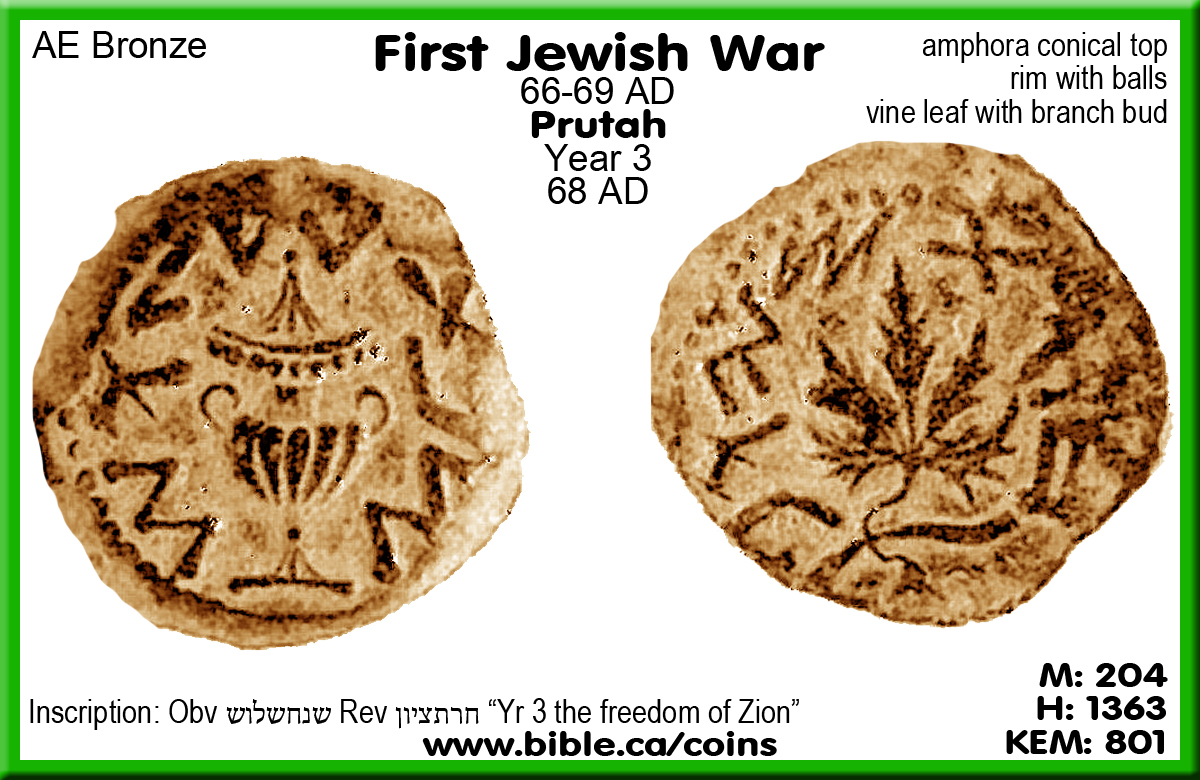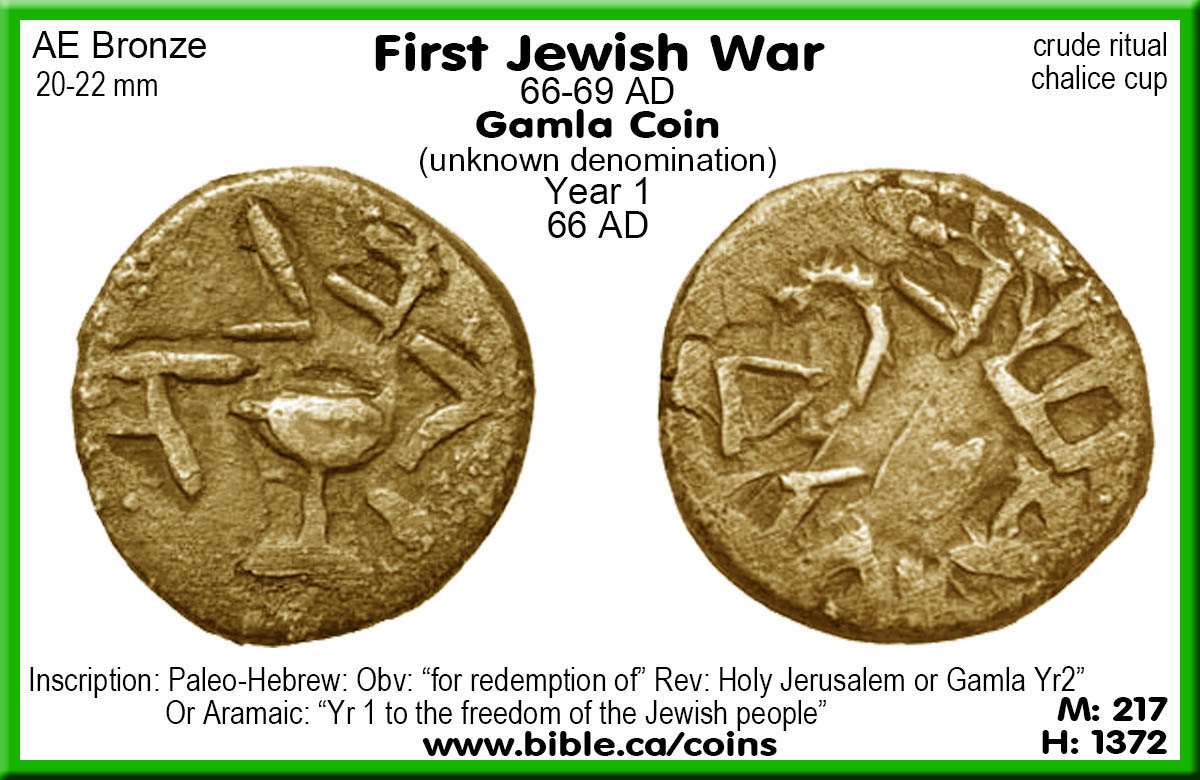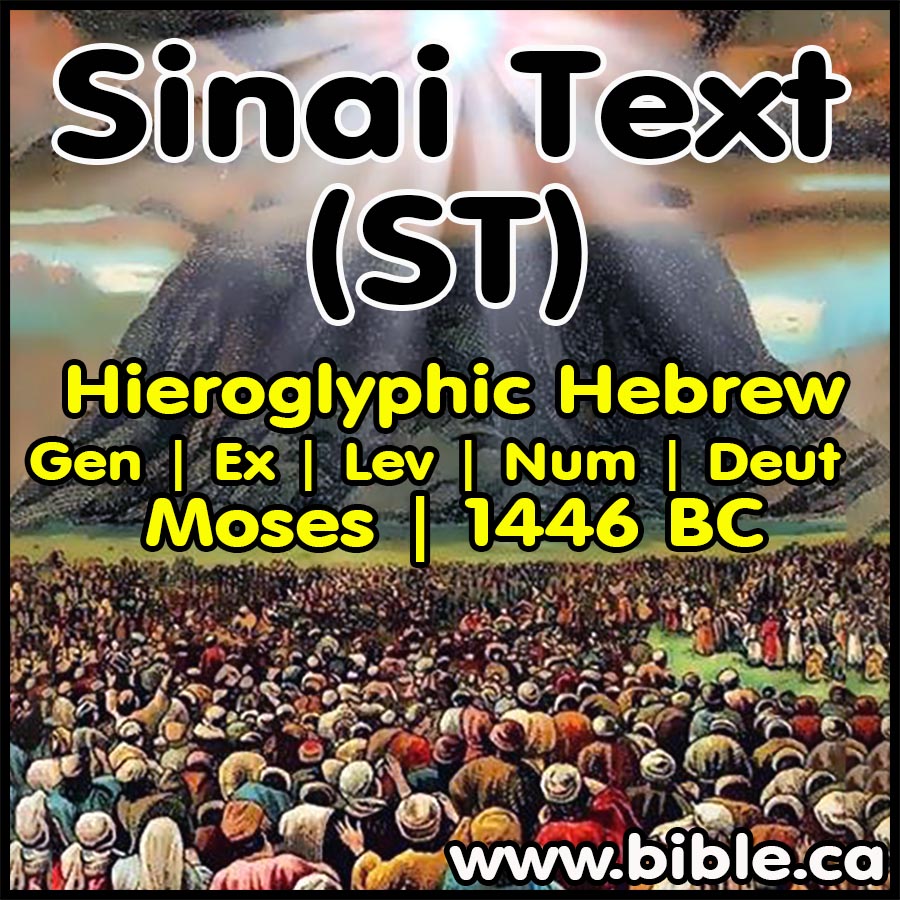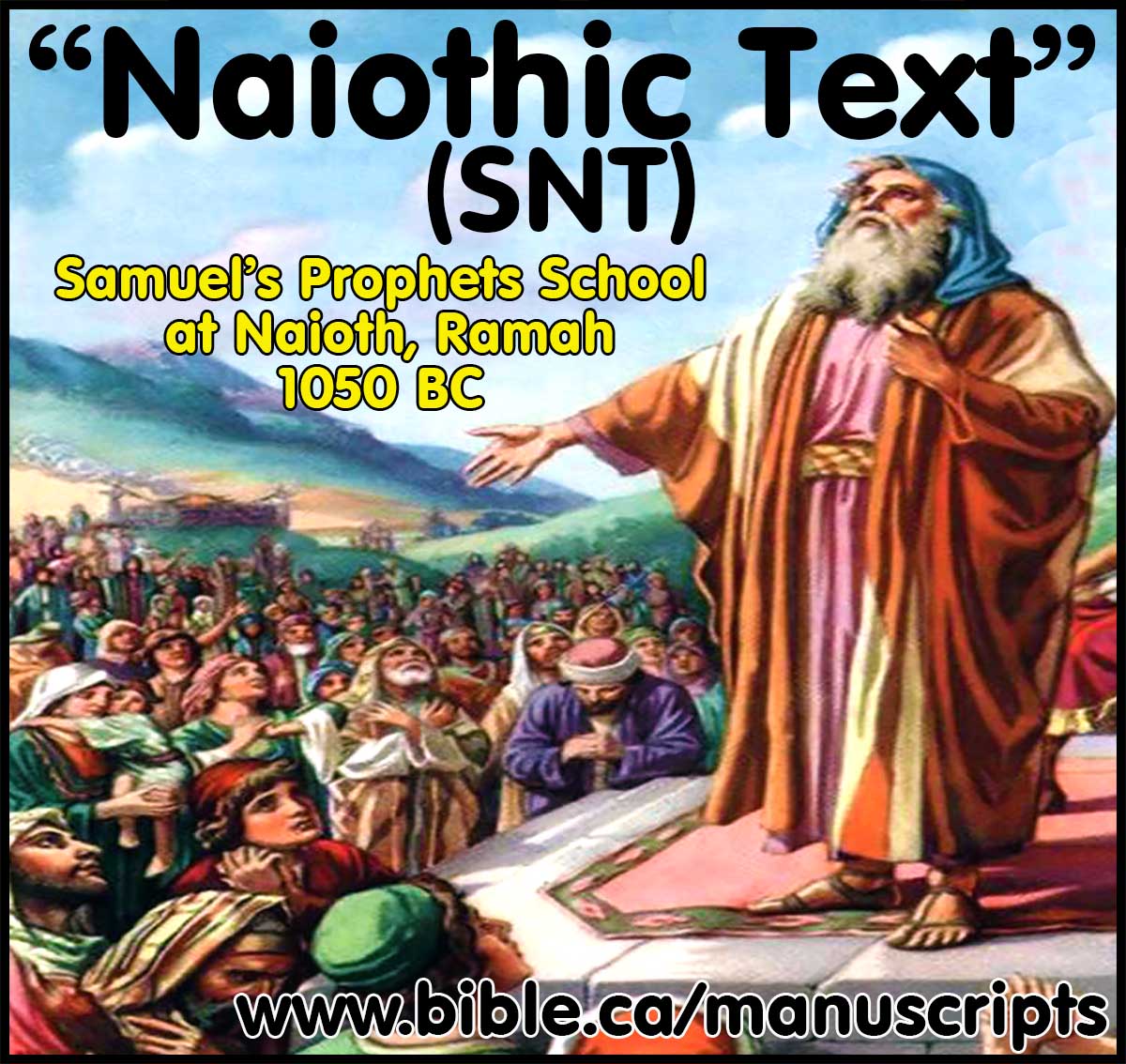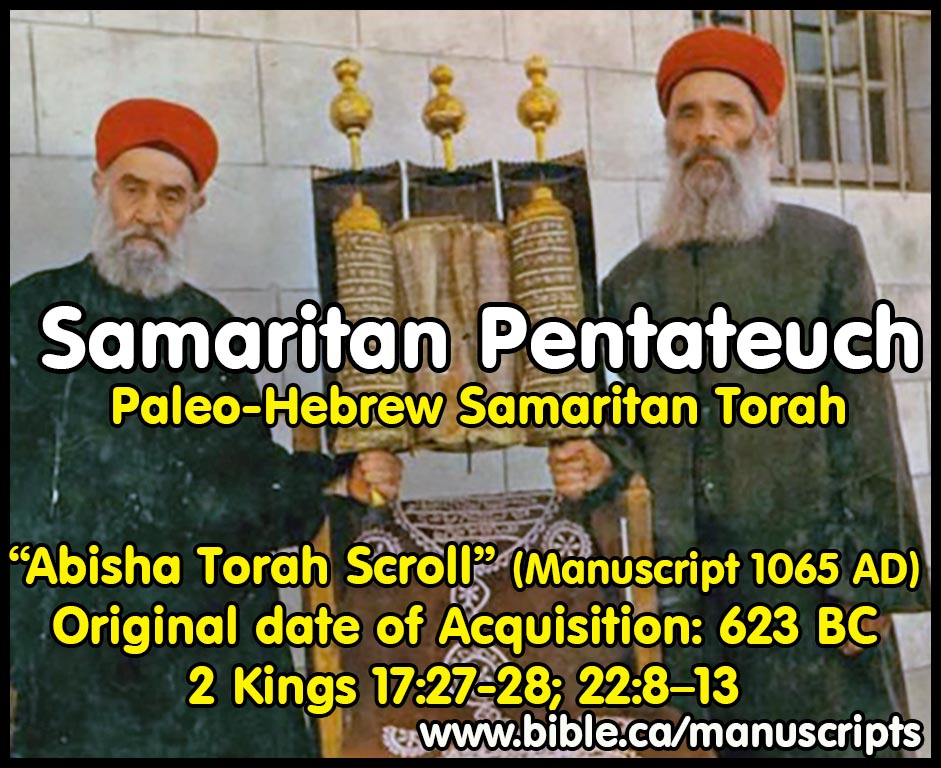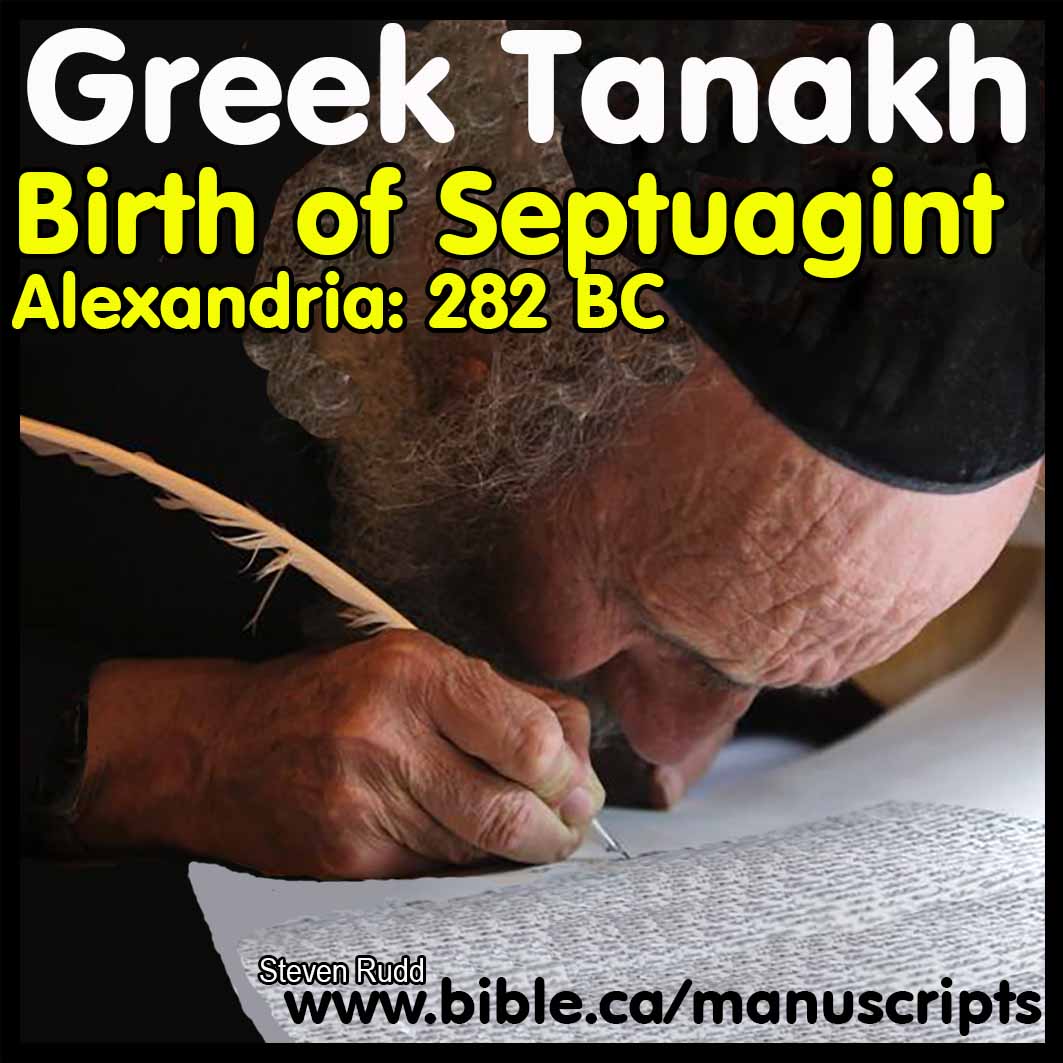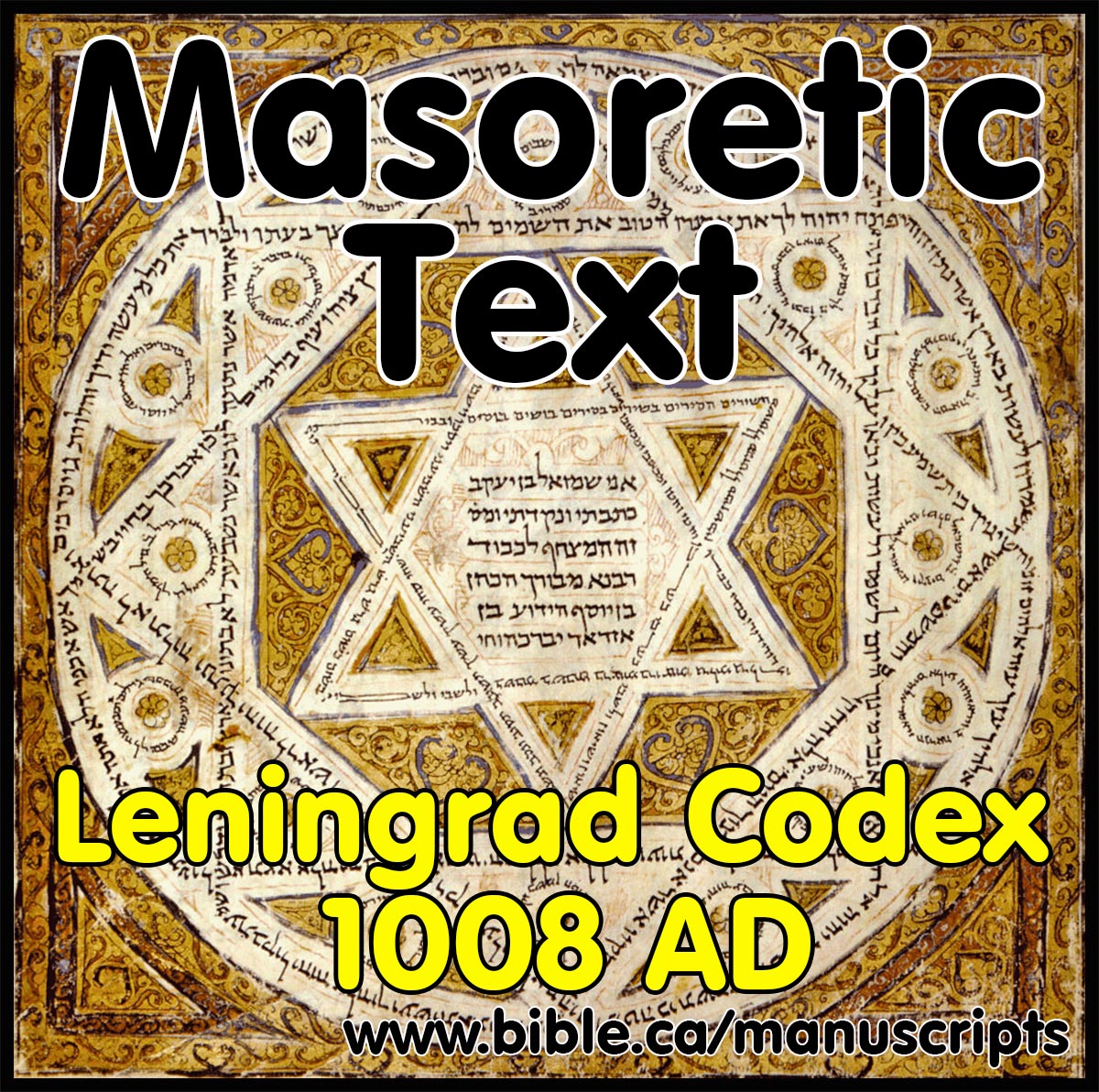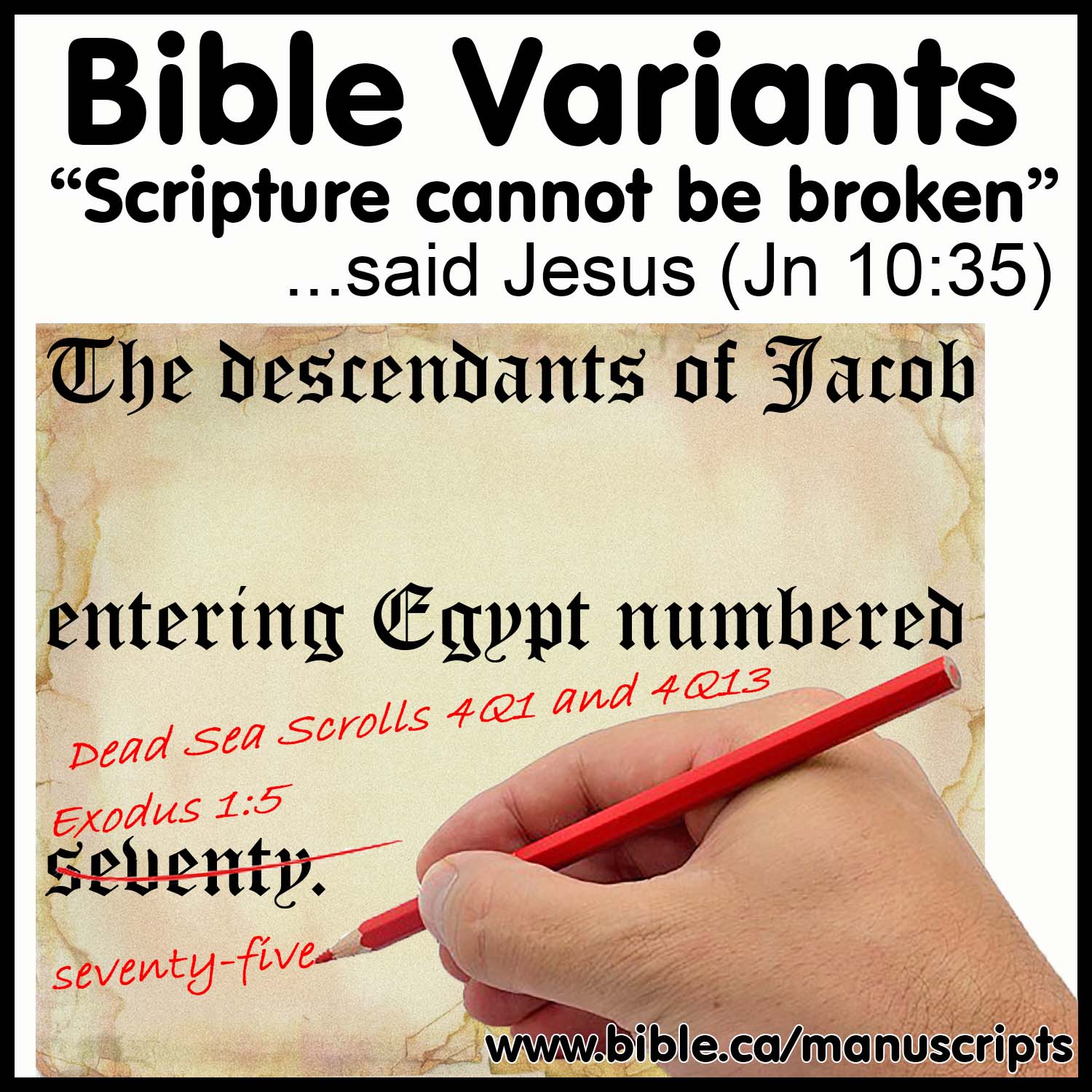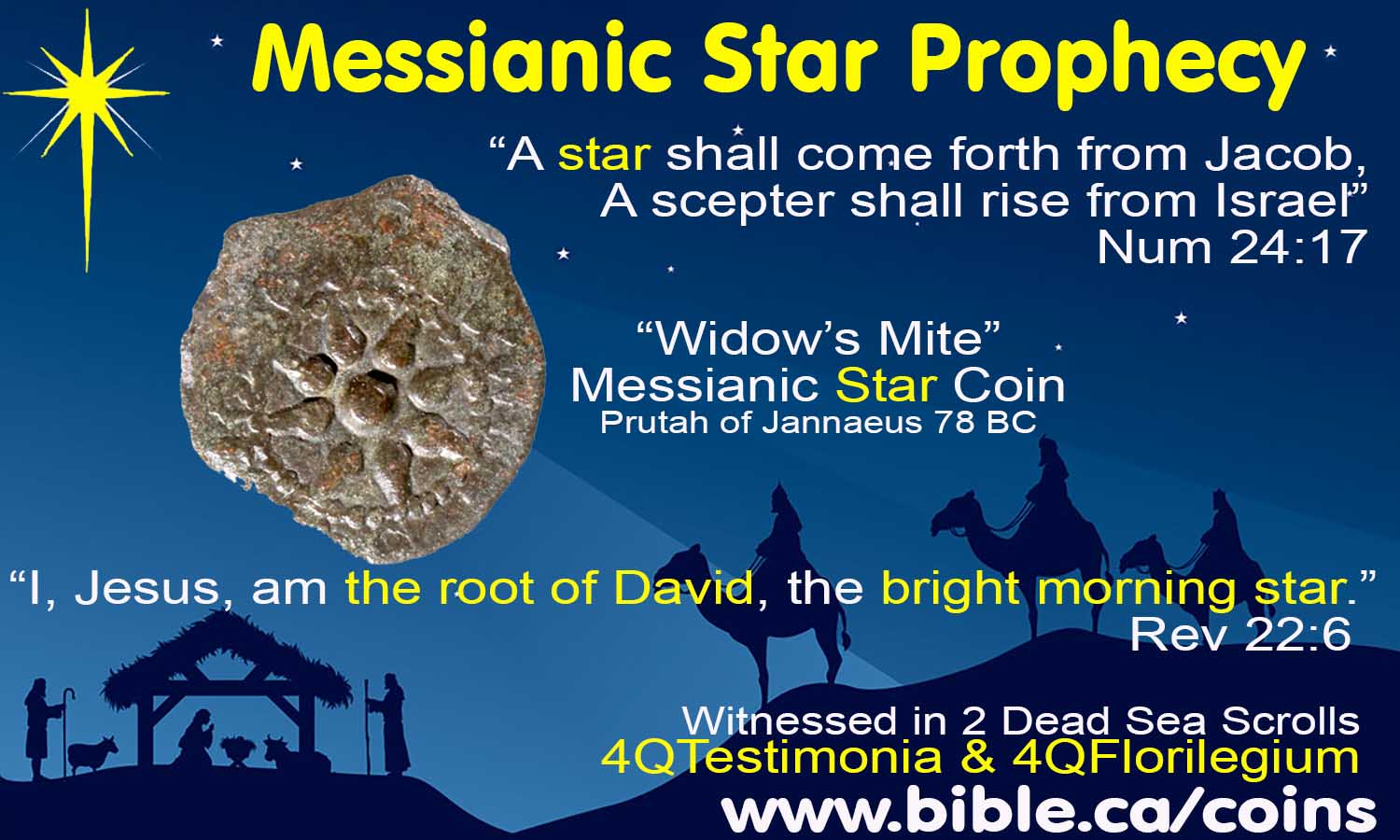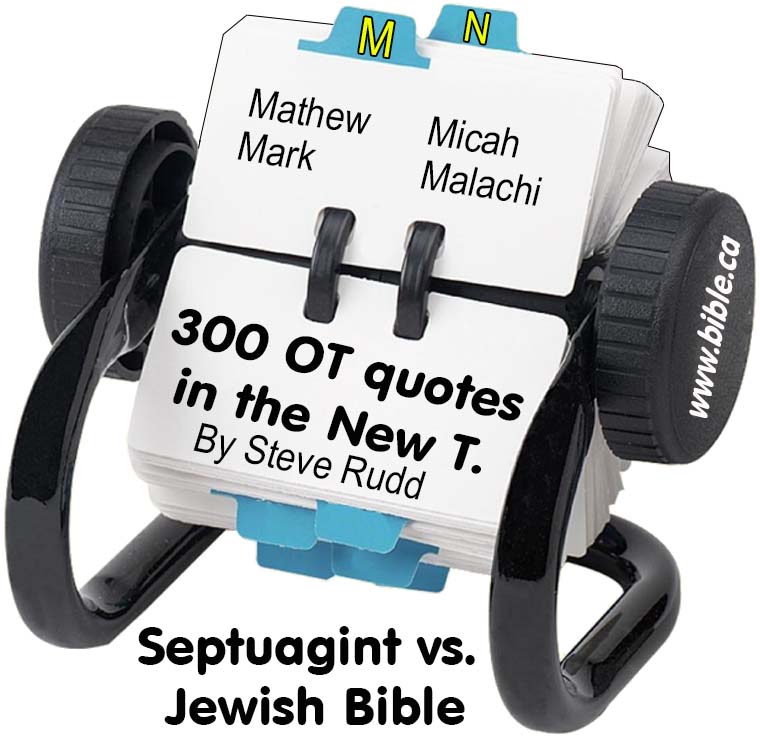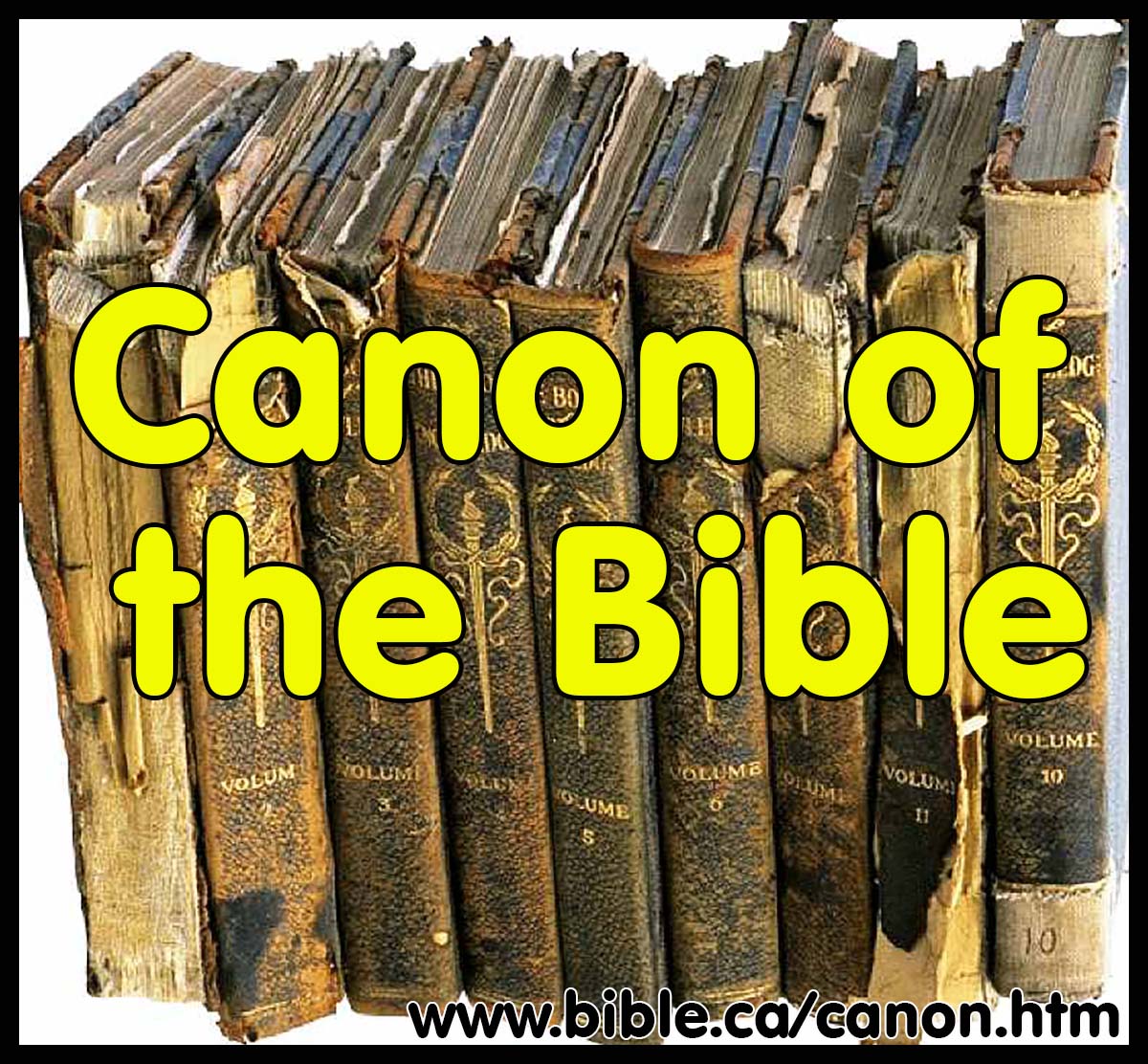300 BC: The Death of Hebrew Language
Extinction of Hebrew through mass language conversions and failed restoration attempts
Rise of the Greek Septuagint LXX
"Scripture cannot be broken" (Jesus, John 10:35)
Steve Rudd 2017
Abstract:
The extinction of the Hebrew language in 300 BC of the world population of Jews created a spiritual vacuum and the need for a Greek version of the Hebrew scriptures. The Septuagint filled this spiritual void for the tiny group of hungry remnant of Jews who began reading the Torah in Alexandria Egypt in their homes in small groups and the synagogue was born. Everywhere the Greek Septuagint was distributed throughout the world as synagogue was born. At the time of Jesus the Messiah/branch, son of David, Hebrew had already been a dead language for 300 years. The tiny remnant who spoke Hebrew were the Jerusalem Temple elites that included the High priest and his associates (Sadducees) but all these were wiped out in 70 AD. A small remnant of Hebrew speaking Jews lived at Zippori and Tiberias who became known to us as the Masoretes, but these went extinct in 1000 AD. After 1000 AD nobody on earth spoke Hebrew until it was restored in 1915 AD in Tel Aviv. From Abraham to the present time, the Hebrew people have spoken four languages: Hebrew, Aramaic, Greek, Germain (Yiddish). Historically, there were three failed attempts to restore Paleo-Hebrew alphabet script as the common spoken and written language of the Jews. Jewish leaders vainly attempted to restore and revive this ancient alphabet in the inscriptions on their coinage at a time when the general population spoke Aramaic and Greek. It is wrong to interpret the paleo-Hebrew on these coins as proof that the general population spoke and wrote in Paleo-Hebrew at that time. The use of the long extinct Hebrew script (550 BC) on the coinage was an act of desperation to reverse the cultural bleed into Hellenism. It was also a utopic political ideology to restore Israel to the state of its last period of independence before 587 BC when the Paleo-Hebrew script was used by the general population. However, the restoration of the long extinct Hebrew language as a working language for an entire population in Israel today, is remarkable being the only example in earth history of a population recapturing their historic language and script. Two unique events in world history can be attributed to the Jews: The invention of the first alphabet and the restoration of Hebrew in Modern Israel after it had been extinct for over 2200 years among the general Jewish population.
Introduction:
1. The transition from Hebrew to Aramaic to Greek was all part of God’s eternal plan in the Church of Christ
a. Under Mosaic Judaism, a single temple housed a copy of the Hebrew scriptures (Tanakh)
b. After 280 BC each of the thousands of Synagogues housed a copy of Greek translation of scriptures (Septuagint/Old Testament)
2. Five Mass language conversions: The Hebrew people have spoken four languages over their 4000 year history:
a. Hebrew: Abraham to Ezra 2100 - 550 BC
b. Aramaic: Ezra to Alexander the Great 550 - 333 BC
c. Greek: Alexander the Great 333 - 1000 AD
d. Germain: middle ages (Yiddish) 1000 - 1950 AD
e. Hebrew: restored after 1915 AD – present AD (Starting in Tel Aviv)
3. Three failed attempts to restore Paleo-Hebrew
a. Hasmoneans: 166 to 37 BC:
b. The First Jewish War of 66-73 AD:
c. The Bar Kokhba rebellion of 132-135 AD
I. Death and Extinction of Biblical Hebrew as a language:
1. Extent of Jewish Hellenism [ie. Greek culture] and the use of Greek at the time of Christ:
- "From about 700 b.c. Ἕλληνες [Hellenism] was used as a designation for the Greek tribes, cities and states bound by common custom, literature, culture religion, language and nationhood. … This is the place to consider the fate of the Jewish people in the Hellenistic age. The Jews were naturally caught up in the process of Hellenisation pushed by all the Seleucid rulers, esp. Antiochus IV Epiphanes. Many Jews both at home and of the diaspora learned Greek; many became Ἕλληνες [Hellenistic] in the full sense. Everywhere there were Jewish communities which used Greek even in worship and which read the Torah in Greek translation. … The Jews of the Greek diaspora were even more strongly affected. This is particularly well attested by the rich Hellenistic Jewish literature, whether in the form of translations (LXX etc.) or of original writings, both of which served both the needs of Jews who could not speak any other language but Greek, and also the ends of propaganda among the Greeks. For if the Jews became Greeks, many Greeks became Jews. And Judaism finally maintained itself as such even in the Hellenistic world." (Theological dictionary of the New Testament, G.Kittel, G. W.Bromiley, G. Friedrich, Hellenism/Greek, Strong’s #1671, 1964 AD)
- "In Palestine after the Return [536 BC]., Aramaic gradually took the place of Hebrew in ordinary intercourse, and after the time of Alexander Greek became to some extent a rival of Aramaic. In Alexandria a knowledge of Greek was not a mere luxury but a necessity of common life. If it was not required by the State as a condition of citizenship, yet self-interest compelled the inhabitants of a Greek capital to acquire the language of the markets and the Court. A generation or two may have sufficed to accustom the Alexandrian Jews to the use of the Greek tongue. The Jewish settlers in Lower Egypt who were there at the coming of Alexander had probably gained some knowledge of Greek before the founding of his new city; and the children of Alexander’s mercenaries, as well as many of the immigrants from Palestine in the days of Soter, may well have been practically bilingual. Every year of residence in Alexandria would increase their familiarity with Greek and weaken their hold upon the sacred tongue. Any prejudice which might have existed against the use of a foreign language would speedily disappear under a rule which secured full liberty in worship and faith. The adoption of the Greek tongue was a tribute gladly paid by the Alexandrian Jews to the great Gentile community which sheltered and cherished them." (An Introduction to the Old Testament in Greek, H. B. Swete, p8, 1914 AD)
- "The Public and Their Language: We do not know much about the public for which the translation [LXX] was created. If one believes the letter of Aristeas, the Greek Pentateuch was made by Palestinian Jews for a scholarly purpose: for the library of the Ptolemaic king. As a matter of fact, however, it was probably made for the Jews living in Egypt in the 3rd c. bce. Which language did they speak and write? The papyri suggest that they used the Greek of the Koine type. Some may have had a certain knowledge of Hebrew or Aramaic or both. The translation may have helped them in their understanding of the Scriptures written in Hebrew and Aramaic. There is a reasonable chance, however, that most of the early users read the LXX as a Greek text, without any knowledge of the Hebrew original. This is certainly the case when one turns to the members of the early Christian church for whom the LXX became their canonical writings. The LXX was also used by the Jews in Palestine. The scrolls found in Qumran are a conclusive witness to this. They appear to have read the LXX in the light of the Hebrew text and revised it accordingly. (A Greek-English Lexicon of the Septuagint, J. Lust, E. Eynikel, K. Hauspie, Introduction, 2003 AD)
2. The paleo-Hebrew script went extinct in shortly after the 587 BC destruction of Solomon’s temple.
3. Hebrew as an oral/spoken language was extinct by 100 AD:
a. Hebrew went extinct as a working language outside Judea (diaspora) around 300 BC.
b. Hebrew went extinct as a working language inside Judea around 200 BC.
c. The only Jews who spoke Hebrew at the time of Christ were the Temple elites (high priests and the Sadducees) who were wiped out in 70 AD.
d. Hebrew became a dead language in 100 AD.
4. The only exception were the Masoretes who were a tiny commune of "Aramaic Hebrew" scribes living in Zippori near Nazareth and Tiberias on the west bank of the Sea of Galilee.
a. The Zippori “Masoretes” were wiped out by 400 AD
b. The Masoretes living at Tiberias continued till about 950 AD
c. Between 600 - 900 AD, the Masoretes invented "Masoretic Vowelled Hebrew".
d. Jews today reintroduced Masoretic (Vowelled) Hebrew after 1915 AD, ending a 1700 year period of extinction. (see below)
II. Five "rapid single-generational mass conversions" of Jews to speak a new language:
1. 605BC: Aramaic conversion at the time of the Babylonian Captivity of 605 BC: Jews continued to speak Hebrew but became bilingual in also learning Aramaic language. They also applied the Aramaic alphabet to their Hebrew language as discussed herein with the invention of "Aramaic Hebrew" script. The diaspora Jews forgot Hebrew and became fluent in Aramaic whereas those who returned continued to speak Hebrew, but used the Aramaic alphabet to spell hebrew words: “Aramaic Hebrew”.
2. 333 BC: Greek conversion at the time of Alexander the Great: 333 BC. Around 300 BC, all diaspora Jews were mass converted from Aramaic to speak Greek. This gave birth to the Septuagint which translated the Hebrew Torah into Greek. (first five books of Moses). By 200 BC Hebrew as a working language was dead among all Jews living in Judea. Only the high priests in Jerusalem continued to use Hebrew until they were all killed in 70 AD. A small pocket of Hebrew speaking Jews continued at Zippori and Tiberias who became known as the Masoretes who went extinct by 950 AD.
3. 625 AD: Arabic conversion under the Islamic conquest of 642 AD: Mohammad when he converted the language of the entire Middle east from Greek to Arabic. Today Christians and Jews from Egypt to Turkey still speak Arabic.
4.
Yiddish conversion: Twice the Jews changed to the Aramaic alphabet:

a. First, the Hebrew speaking Jews adopted the Aramaic alphabet in 605 BC to write Hebrew and second, the German speaking Jews in Germany adopted the same Aramaic alphabet to write German in 900 AD.
b. Several isolated Hebrew populations in diaspora applied the Aramaic alphabet to the language of the nation they lived in: Yiddish (German with Aramaic alphabet), Karaim (a Turkish like language with Aramaic alphabet), Ladino (Spanish language with Aramaic Alphabet). Yiddish was the largest of the these language conversions but was dealt a huge blow by Hitler, since most of the Jews killed by the Germans in the Holocaust spoke "German Yiddish".
c. Yiddish was the second time the Jews historically changed to the "Aramaic alphabet". Spoken and written Hebrew went extinct around 100 AD. In 900 AD, the German speaking Jews (the Ashkenazi) living in Germany invented "Yiddish", by simply exchanging the German alphabet for the Aramaic alphabet to spell German words. Yiddish is nothing more than the German language using the Aramaic alphabet. The "Mahzor Worms" Hebrew prayer book from (1272 AD) confirms that Yiddish is pure German. Strangely, both "German Yiddish" and "Aramaic Hebrew" are two different languages that use the same Aramaic alphabet. Even more strange is the fact that NOTHING about Yiddish is Hebrew. The language is German and the Aramaic alphabet originated in Syria in 900 BC.
5. Restored "Aramaic Hebrew" conversion using Aramaic script around 1915 AD after World War 1:
a. Hebrew was a dead language from 100 AD until it was revived in Tel Aviv after World War I (1914 AD) where the "Legion of the Defenders of the Language" forced Hebrew into the schools, workplace and markets with slogans like, "Jew, speak Hebrew".
b. By the time of Israel national statehood in 1947 AD a sizeable population spoke Hebrew as their native tongue and today Hebrew is again the mother tongue.
c. Paradoxically, 85% of the European Jews killed by the German Nazi's in 1945 AD spoke German (Yiddish) not Hebrew.
III. Three failed attempts to restore "Paleo-Hebrew": 166 BC - 135 AD
1. Hasmonean: 166 to 37 BC:
a. The Hasmonean high priest family of the Jewish temple achieved independence from the Seleucid Greek Empire: From 166 to 37 BC the Maccabeans attempted to restore the original Hebrew by using "Mosaic Hebrew" (paleo-Hebrew) on their coins at a time when the native population spoke Aramaic and Greek.
b. Between 103-78 BC the Alexander Jannaeus minted the famous "Widow's Mite" (Prutah) in a bilingual Greek and Aramaic inscription to meet the needs of the population. Not surprisingly, Widow's Mite became the most widely distributed coin in circulation at the time of the ministry of Jesus.
c. Of course Jewish independence was crushed by Rome in 63 AD with the recapture of Jerusalem even though the coins continued to be minted until 37 AD.
2. The First Jewish War of 66-73 AD:
a. The very First Jewish War revolt coins were minted at Gamla (where Josephus sought refuge) in 66 AD in both Hebrew and Aramaic. These actions to restore Hebrew on coinage were both symbolic and futile given the fact that Greek was the dominant language in Judea at the time. In 66 AD the Romans captured Gamla and Josephus surrendered. It was at this time he began writing his books. In 69 AD the Maqatir rebels were destroyed by the Romans in a large underground bunker facility as their next stop was Jerusalem which was destroyed in 70AD and finally Masada in 73 AD.
b. "Zealot" Jews rebelled against Roman rule and attempted to restore independence to Jerusalem. During this time they absurdly minted Mosaic Hebrew coins at a time when everyone spoke Aramaic/Greek. The only ones who spoke Hebrew were the elite priesthood in the Jerusalem temple.
c. Revolt coins have been excavated at Khirbet el-Maqatir (Ephraim of John 11) and Gamla where the famous Josephus was an active part of the First Jewish War until he surrendered.
3. The Bar Kokhba rebellion of 132-135 AD:
a. Initially the Jews thought that Simon Bar Kokhba (son of light) was the messiah but after the Second rebellion was crushed, the Jews realized he was not the messiah and renamed him Simon Bar Koziba (Son of Lie).
b. This tiny remnant of Jews made one last attempt to restore the tiny remaining Greek and Aramaic speaking Jewish population to the same language spoken by Moses by once again using the long extinct Mosaic Hebrew on their coins.
c. These second Jewish War coins have also been excavated from the underground bunker system by the author at Khirbet el-Maqatir (2013 AD).
d. In 135 AD, Emperor Hadrian slaughtered large numbers of Jews, renamed the Judea "Philistina" (Philistines, Palestine). He also altered the size and elevation of the temple mount platform so it was unrecognizable then built a temple of Jupiter on it. What you see today is not the same temple platform Jesus and the apostles saw. Finally in an effort to wipe out any trace of Jewishness, he renamed Jerusalem Aelia Capitolina (City of Jupiter).
4. With the Jewish temple destroyed, genealogies forever lost, the Hebrew language extinct, Mosaic Judaism itself went forever extinct.
|
Three efforts were made in vain to restore the long extinct original Paleo-Hebrew alphabet |
||
|
John Hycranus I (Paleo-Hebrew: 135 BC) |
First Jewish War (Paleo-Hebrew 68 AD) |
Bar Kokhba war (Paleo-Hebrew 135AD) |
|
Alexander Jannaeus "Widows Mite" (Greek/Aramaic 78 BC) |
Galma Revolt coin (Paleo-Hebrew, Aramaic 66 AD) |
Bar Kokhba war (Paleo-Hebrew 135AD) |
Conclusion:
1. The extinction of Hebrew in 300 BC of the world population of Jews created a spiritual vacuum and the need for a Greek version of the Hebrew scriptures: The Septuagint filled this spiritual void to a hungry remnant of Jews.
a. The General population in Judea at the time of Christ spoke Aramaic and Greek but were illiterate in Hebrew.
b. Each synagogue had a copy of the Greek Tanakh as their standard pulpit bible.
2. Two unique events in world history can be attributed to the Jews:
a. The invention of the first alphabet in 1956 BC.
b. The restoration of Hebrew in Modern Israel in 1915 AD, after it had been extinct for over 2200 years among the general Jewish population.
3. These mass language conversions prepared God’s people providentially for the good news of Jesus Christ and conversion to Christianity.
a. In 587 BC a single Temple housed a copy of the inspired Tanakh in Hebrew.
b. God foresaw that at the time of the coming of the Messiah in 30 AD, that Hebrew would be extinct.
c.
God providentially put the Septuagint in every one of the thousands of
synagogues 150 years before the birth of Christ, each of which had a full
immersion baptistry (Mikveh) ready to create Christians!!! Can you see the
Jewish synagogue baptistry in the archeological top plan below?

d.
God providentially provided for a full immersion baptistry known as a
Mikveh, beside each synagogue.
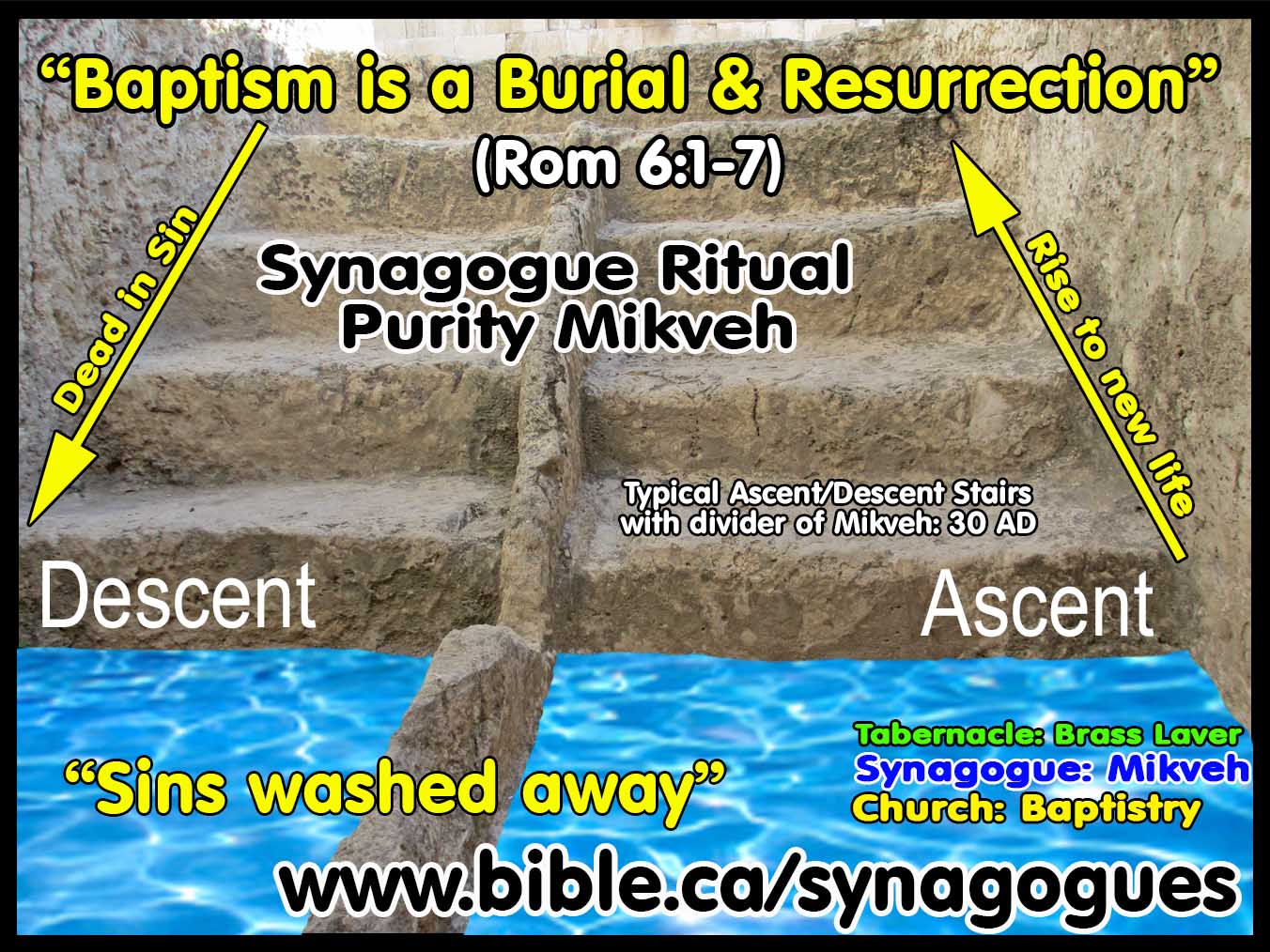
4. Like the Phoenix, the Hebrew language was restored in 1915 AD in modern Israel.
|
The Septuagint LXX “Scripture Cannot Be Broken” |
|||||
|
Start Here: Master Introduction and Index |
|||||
|
Six Bible Manuscripts |
|||||
|
1446 BC Sinai Text (ST) |
1050 BC Samuel’s Text (SNT) |
623 BC Samaritan (SP) |
458 BC Ezra’s Text (XIV) |
282 BC Septuagint (LXX) |
160 AD Masoretic (MT) |
|
Research Tools |
|||||
|
Steve Rudd, November 2017 AD: Contact the author for comments, input or corrections |
|||||
By Steve Rudd: November 2017: Contact the author for comments, input or corrections.
Go to: Main Bible Manuscripts Page


